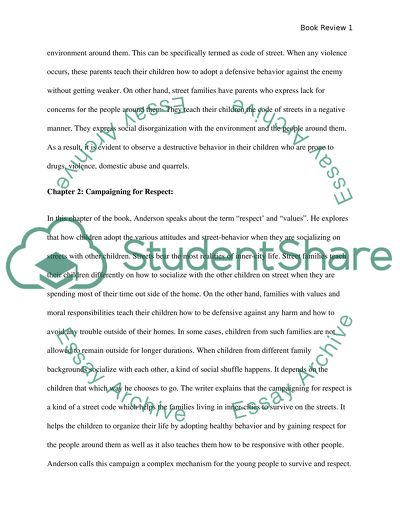Cite this document
(“Code of the Street: Decency, Violence, and the Moral Life of the Inner Book Report/Review”, n.d.)
Code of the Street: Decency, Violence, and the Moral Life of the Inner Book Report/Review. Retrieved from https://studentshare.org/sociology/1471786-code-of-the-street-decency-violence-and-the-moral
Code of the Street: Decency, Violence, and the Moral Life of the Inner Book Report/Review. Retrieved from https://studentshare.org/sociology/1471786-code-of-the-street-decency-violence-and-the-moral
(Code of the Street: Decency, Violence, and the Moral Life of the Inner Book Report/Review)
Code of the Street: Decency, Violence, and the Moral Life of the Inner Book Report/Review. https://studentshare.org/sociology/1471786-code-of-the-street-decency-violence-and-the-moral.
Code of the Street: Decency, Violence, and the Moral Life of the Inner Book Report/Review. https://studentshare.org/sociology/1471786-code-of-the-street-decency-violence-and-the-moral.
“Code of the Street: Decency, Violence, and the Moral Life of the Inner Book Report/Review”, n.d. https://studentshare.org/sociology/1471786-code-of-the-street-decency-violence-and-the-moral.


